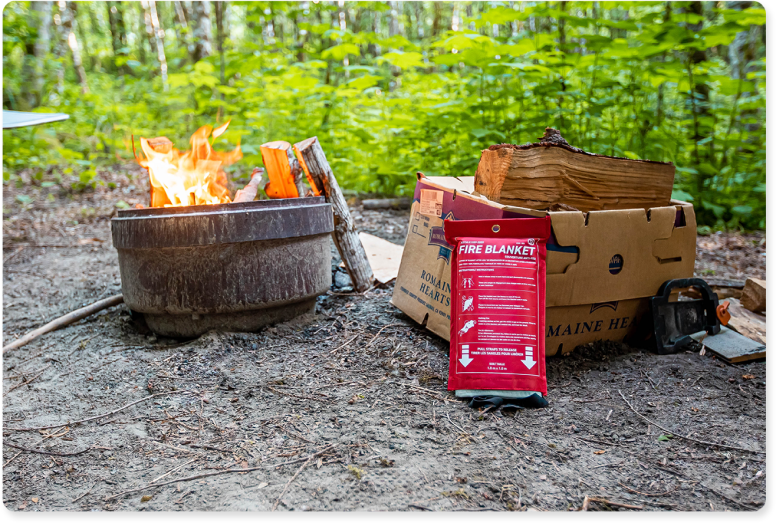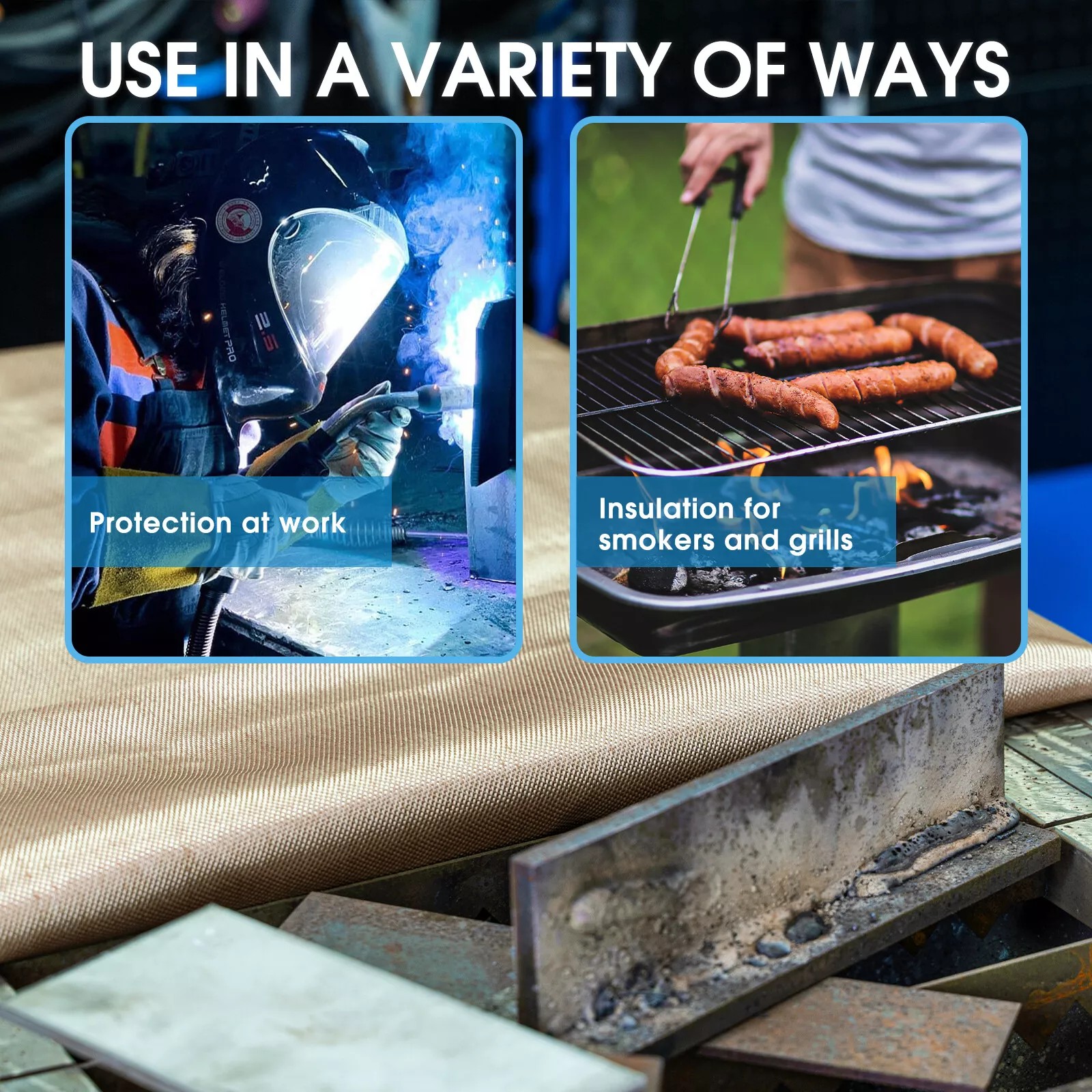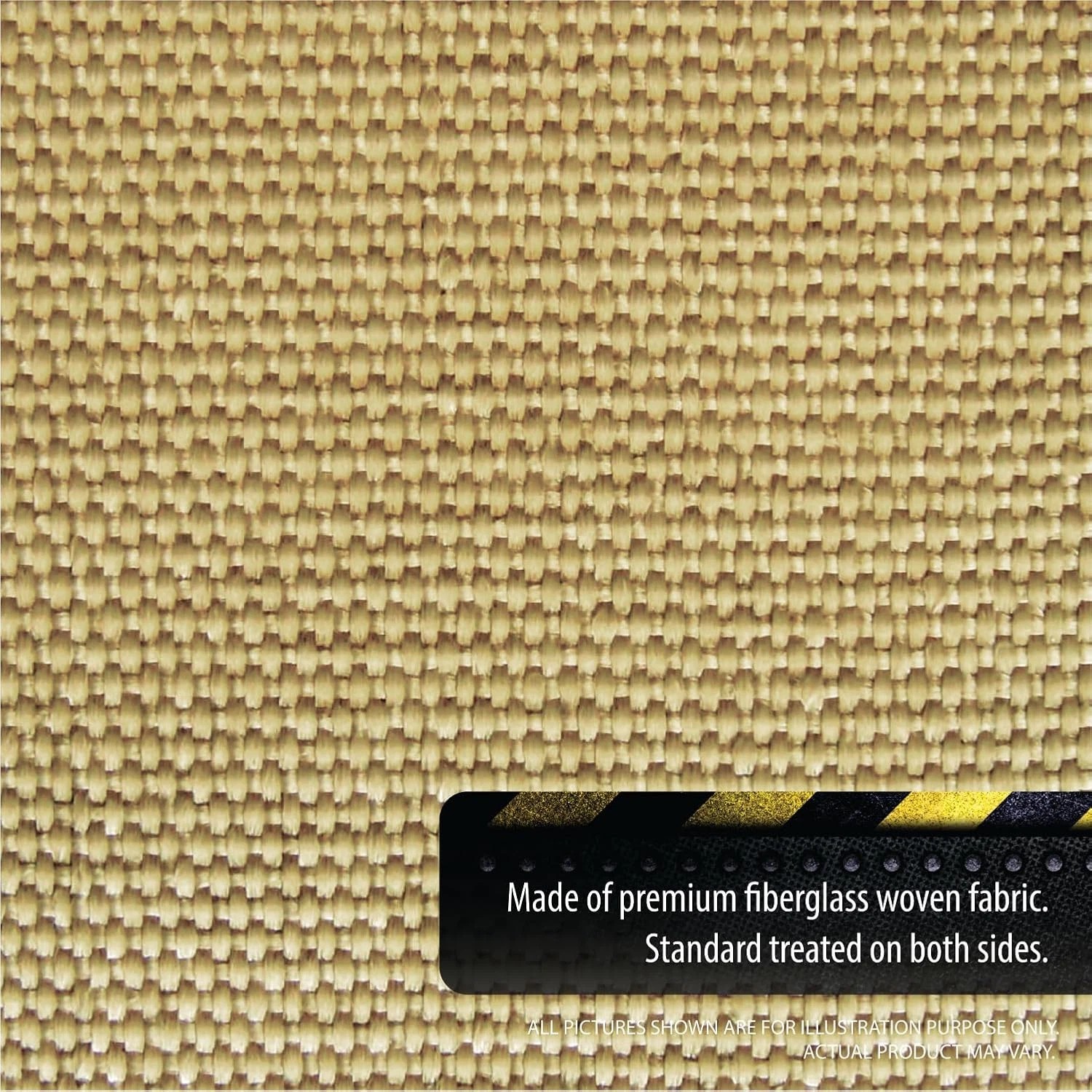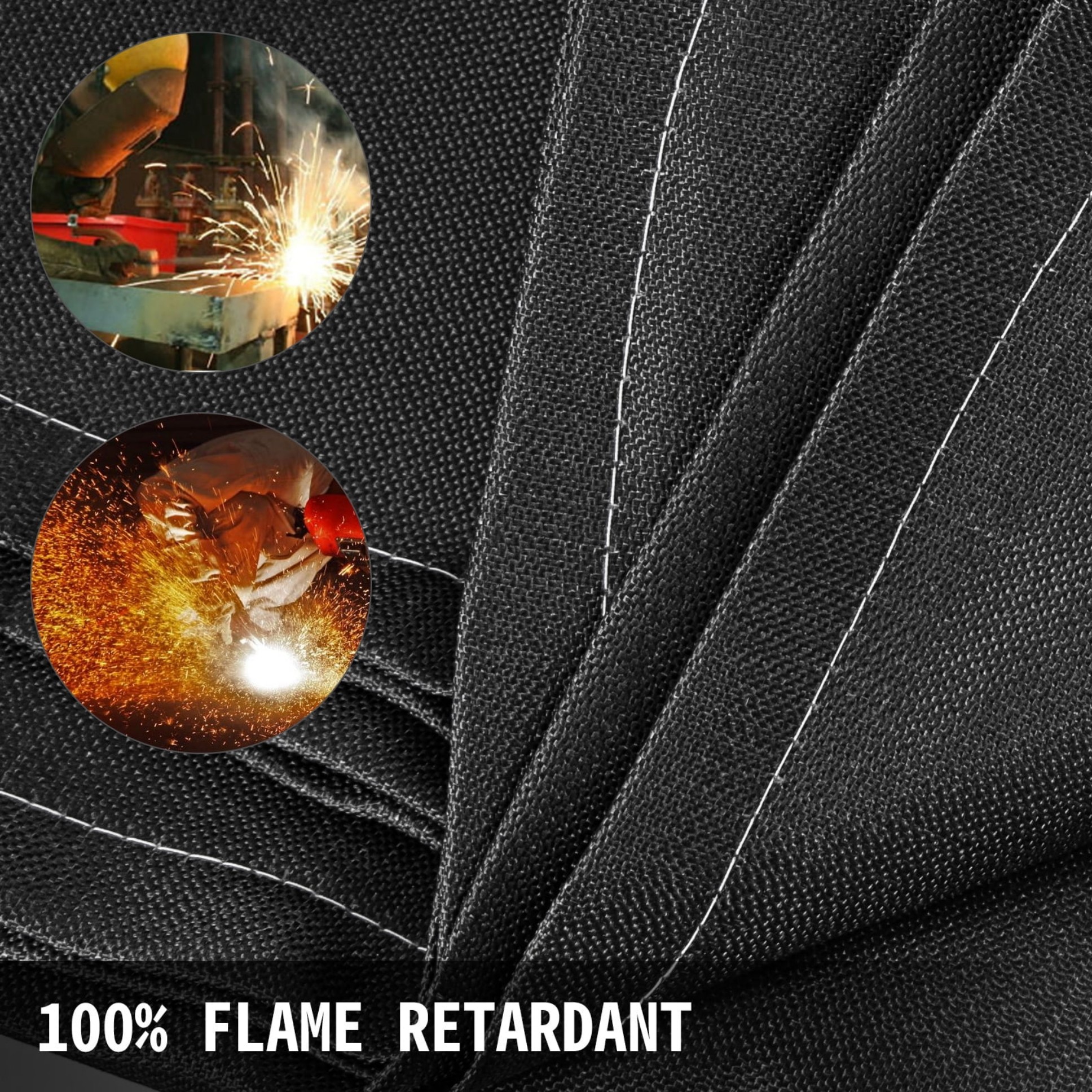Insulated Fire Blankets: Essential Safety Tools for Home & Workplace
Insulated fire blankets are crucial safety devices that smother small fires by cutting off oxygen. Made from flame-resistant materials, they protect users from burns while being easy to deploy. This guide explains their uses, benefits, and proper handling techniques.
What Are Insulated Fire Blankets?
Insulated fire blankets are specially designed safety tools made from fire-resistant materials like fiberglass or wool treated with flame-retardant chemicals. Unlike regular blankets, they have thermal insulation layers that protect your hands from heat when smothering flames.
These blankets come in various sizes, typically ranging from 3x3 feet to 6x6 feet. The insulation allows you to approach fires more safely while the thick material starves flames of oxygen. Many models include easy-pull tabs or storage pouches for quick access during emergencies.
Key Benefits of Using Insulated Fire Blankets
1. Thermal Protection: The insulation layer prevents heat transfer, protecting your hands and arms when covering flames.
2. Reusable: Unlike fire extinguishers, most insulated fire blankets can be reused after proper inspection if undamaged.
3. No Chemical Residue: They leave no messy powder or foam, making cleanup easier than extinguishers.
4. Versatile Applications: Effective on cooking oil fires, electrical fires, and small combustible material fires where water would be dangerous.
How to Use an Insulated Fire Blanket Properly
When facing a small fire:
- Pull the blanket from its container using the tabs (never unfold it first)
- Hold the blanket with the insulated side facing your body
- Approach the fire from upwind if possible
- Cover the flames completely, starting from the nearest edge
- Leave the blanket in place until the area cools completely


Where to Keep Your Insulated Fire Blanket
Strategic placement ensures quick access:
- Kitchen: Mounted near cooking areas but away from direct heat sources
- Workshop: Accessible to welding stations or flammable material storage
- Garage: Near electrical panels or fuel storage
- RV/Camper: Compact models fit well in small spaces
Maintenance and Care Tips
To ensure your insulated fire blanket remains effective:
- Inspect monthly for tears or damage
- Keep in its original container to prevent contamination
- Replace if the material becomes stiff or shows discoloration
- Practice deploying it occasionally to maintain familiarity
Choosing the Right Insulated Fire Blanket
Consider these factors when purchasing:
| Feature | Recommendation |
|---|---|
| Size | At least 4x4 feet for home use |
| Material | Fiberglass with silicone coating offers best protection |
| Certifications | Look for UL or CE marks |
| Handles/Tabs | Heat-resistant for safe gripping |
Common Myths About Insulated Fire Blankets
Myth:They're only for kitchen fires.Fact:Effective on various small fires including electrical and flammable liquid fires.
Myth:Any thick blanket can substitute.Fact:Regular blankets lack proper insulation and may melt or catch fire.
When Not to Use an Insulated Fire Blanket
While versatile, these blankets have limitations:
- Large fires (beyond 3 feet in diameter)
- Chemical fires involving reactive metals
- Situations requiring evacuation
- Fires where you can't safely approach
Insulated fire blankets provide simple yet effective fire protection when used correctly. By understanding their proper applications and maintenance, you enhance your emergency preparedness at home or work.






